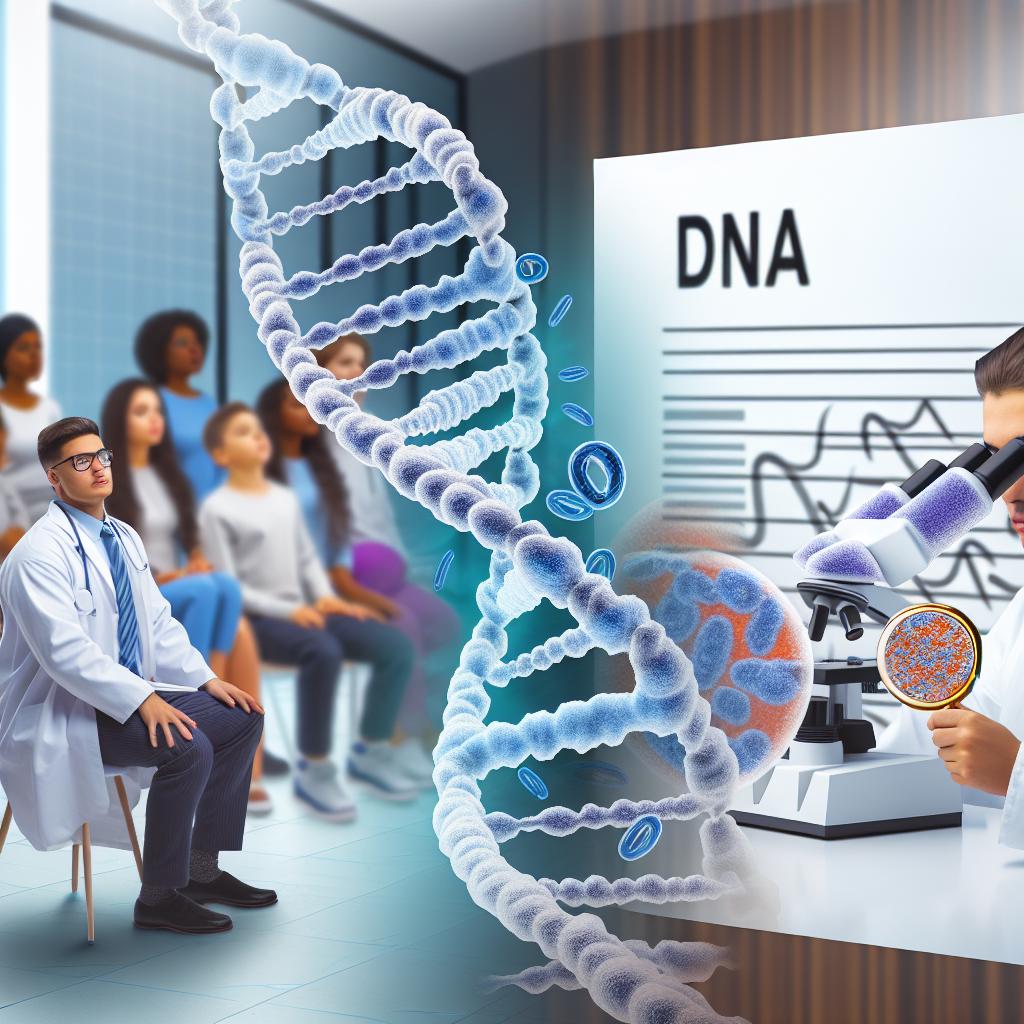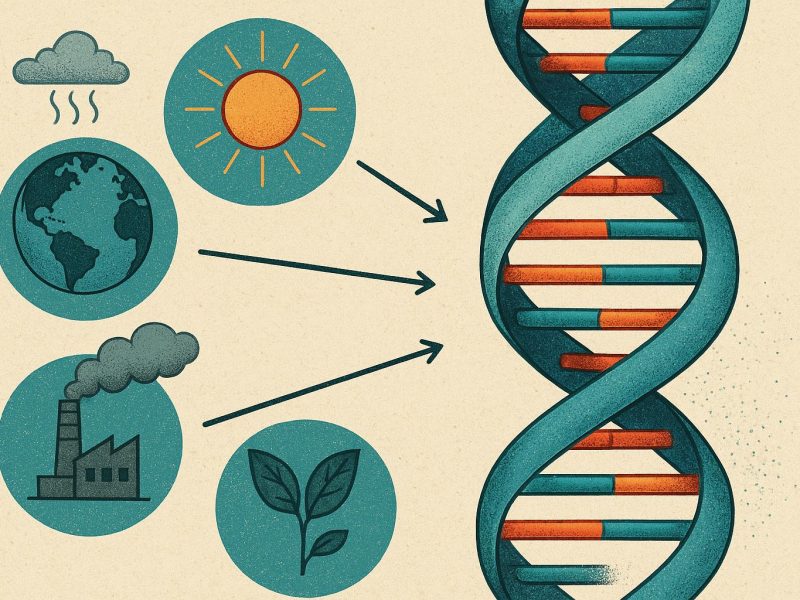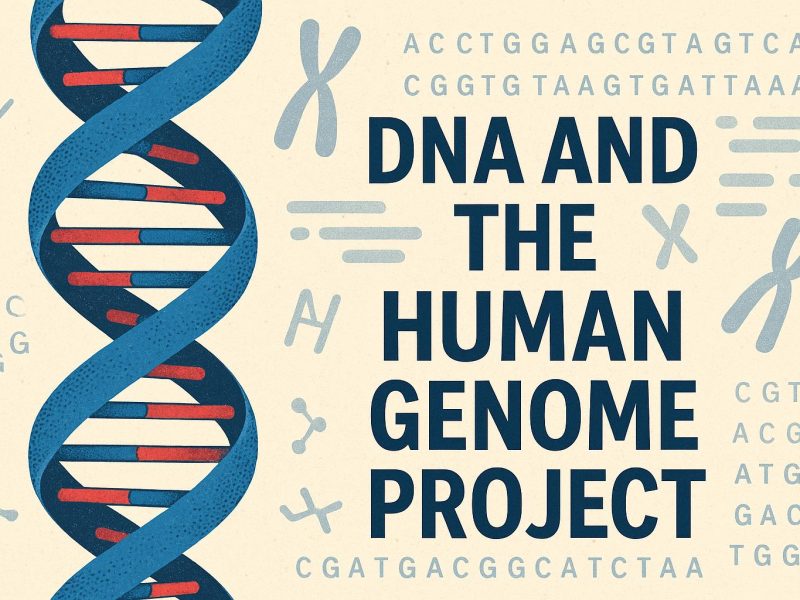The Role of DNA in Paternity Testing
DNA, or deoxyribonucleic acid, is a remarkable molecule found in every cell of the human body, encoding the genetic information essential for life. In the context of paternity testing, DNA’s unique characteristics make it an indispensable tool. Paternity tests leverage the uniqueness and inheritable nature of DNA to establish biological relationships between an alleged father and a child.
Understanding DNA and Genetic Inheritance
DNA is composed of sequences known as genes, which carry the information determining our biological characteristics. Each individual inherits half of their DNA from their mother and half from their father, making DNA an effective means to verify parentage. This inheritance pattern lies at the core of paternity testing, providing a scientific basis for determining familial relationships.
The Science Behind DNA Paternity Testing
Paternity testing typically involves analyzing specific regions of DNA known as short tandem repeats (STRs). These regions are chosen because they exhibit high variability among individuals, making them ideal markers for distinguishing between DNA profiles. In a paternity test, the child’s DNA profile is compared against the alleged father’s. A match across these markers provides strong evidence of a biological relationship.
DNA Test Procedure
The procedure for DNA paternity testing is relatively straightforward. It involves collecting DNA samples from the child, the alleged father, and often the mother. The samples are usually collected through a painless cheek swab. The extracted DNA is then analyzed in a laboratory, where scientists identify and compare the DNA markers. This process begins with the collection of cells from the inside of the individual’s cheek, a simple and non-invasive method. Once the samples are collected, they are sent to a specialized laboratory where the DNA is extracted and isolated for analysis.
The scientists in the laboratory employ advanced techniques to examine specific regions of the DNA that are highly variable among individuals. These variable regions, called STRs, serve as unique identifiers that make it possible to distinguish between different DNA profiles. In the context of a paternity test, the focus is on comparing these regions in the DNA profiles of the child and the alleged father.
Interpreting Paternity Test Results
Paternity test results are usually expressed as a probability. A probability of 99% or higher is commonly considered conclusive evidence of paternity. Conversely, a probability of less than 1% practically excludes paternity. These statistics underscore DNA testing’s precision and reliability, emphasizing its crucial role in legal and personal contexts. The process of interpreting the results involves a careful comparison of the DNA markers. Scientists look for a match between the child’s DNA profile and that of the alleged father. If the DNA markers align, the probability that the alleged father is the biological parent increases significantly, providing a solid scientific basis for paternity claims.
Legal and Social Implications
The importance of DNA in paternity testing extends beyond science. It holds significant legal and social implications. Courts often require DNA tests to resolve disputes related to child support, custody, and inheritance. Moreover, establishing biological parenthood can be essential for personal identity and social relationships, affecting various aspects of family life.
In legal contexts, a court may order a DNA paternity test to establish the legal responsibilities of parenthood, such as financial support and custody arrangements. Additionally, the outcome of a paternity test can influence inheritance rights and determine eligibility for governmental benefits. These legal ramifications underscore the essential role DNA testing plays in ensuring fairness and clarity in familial responsibilities.
Socially, the impact of DNA testing is far-reaching. It can alter family dynamics and challenge existing relationships, potentially reshaping a child’s understanding of their identity and family history. It is important for individuals involved in paternity testing to be aware of these possible implications and approach the process with transparency and sensitivity.
Ethical Considerations
While DNA paternity testing is scientifically robust, it also raises ethical questions. Issues of privacy, consent, and the impact of test results on family dynamics must be carefully considered. It is crucial that individuals involved in paternity testing fully understand the implications and handle the process with sensitivity and respect.
One significant ethical concern revolves around the need for informed consent. Individuals providing DNA samples must do so willingly, with a full understanding of how the results may affect their lives and relationships. Additionally, the confidentiality of DNA test results is paramount. Sensitive genetic information should be kept secure to prevent unauthorized access and ensure the privacy of those involved.
Furthermore, the emotional impact of paternity test results cannot be underestimated. A positive identification of paternity can reinforce familial bonds and foster a sense of belonging. Conversely, a negative result may lead to tension, confusion, and emotional distress. It is essential for those facilitating paternity testing to approach the process with empathy and provide support services for individuals affected by the outcome.
Conclusion
In conclusion, the importance of DNA in paternity testing lies in its precision, reliability, and scientific grounding. As a tool for establishing biological parentage, DNA testing serves crucial roles in legal disputes and personal matters. Understanding the scientific principles and ethical considerations behind DNA paternity testing is vital for appreciating its significance and navigating its outcomes effectively. DNA paternity testing empowers individuals and legal systems alike to make informed decisions regarding family matters, ensuring transparency and accountability. As the field continues to advance, the societal understanding of genetic relationships will likely deepen, presenting new opportunities and challenges in balancing the benefits of scientific progress with ethical responsibilities.



